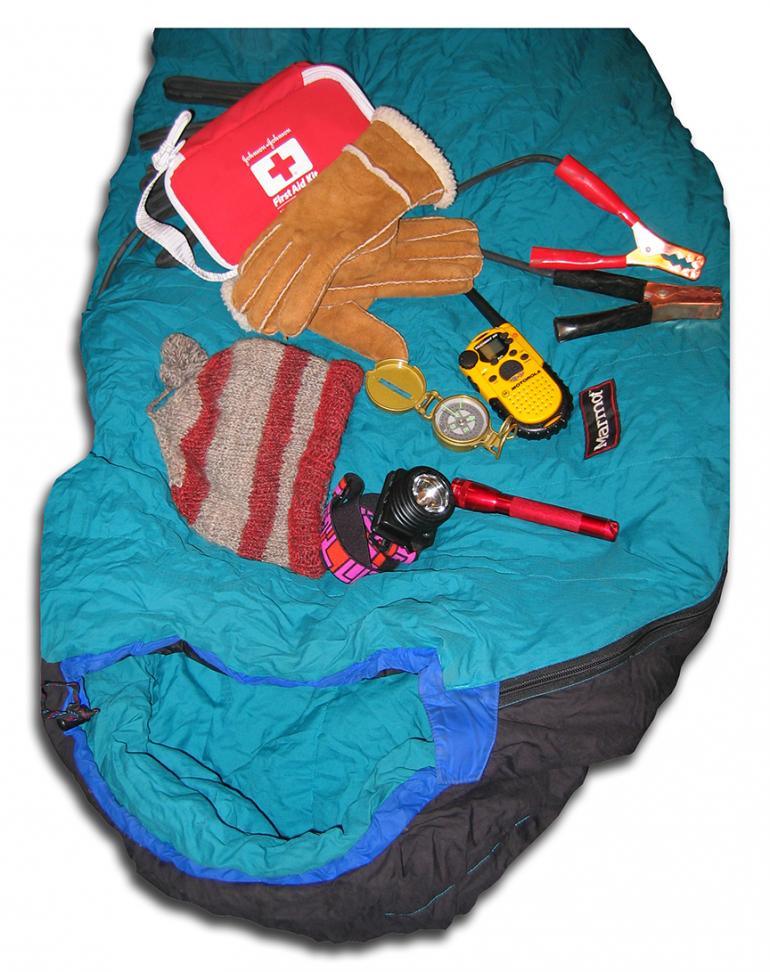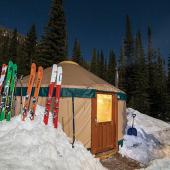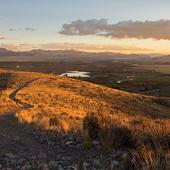Winter Driving Kit
Just the essentials.
For several years, I’ve been driving to Billings once a week—snow or sleet, rain or shine. There have been many icy days when I’ve driven past a dozen cars stuck in the ditch, and one when I slid sideways down the hill to Livingston. Oops. Between November and May, I pack a giant Rubbermaid bin filled with gear to deal with sudden storms and bad road conditions. The purpose of this winter driving kit is to: a) get quickly unstuck; b) get to a safe place to wait out the weather; c) be able to spend the night in the car, worst-case scenario.
Here’s the gear to help keep you safe on (or off) the road this winter—or heroically rescue another, less prepared motorist.
-Matches and firestarter, or butane lighter
-Candles (produce remarkable heat inside a car)
-Metal cup or pot for melting snow (use the candles)
-High-calorie foods (chocolate, nuts, etc.)
-Wool cap
-Gloves or mittens
-Wool socks
-Warm coat
-Pac boots or other insulated footwear
-Plastic bags, to line and “waterproof” boots and mittens. Bread bags work well.
-Sleeping bag, preferably down-filled with full-length zipper
-Multi-tool, with knife
-Mobile phone
-Compass or GPS with extra batteries
-Jumper cables or emergency starter device
-Tire chains
-Bag of sand or kitty litter for traction.
-Shovel
-Standard emergency kit. This includes first aid supplies, flashlight/headlamp and spare batteries, duct tape, tow rope, flares or reflective triangles, tire inflator-in-a-can, tire pressure gauge, and basic tool kit.
Preventing the problem is always better than dealing with it. Check the weather forecast and road report before you leave. Also read the Montana Disaster & Emergency Survival Guide, available on the Winter Driving page of the state website. Stay safe out there!













